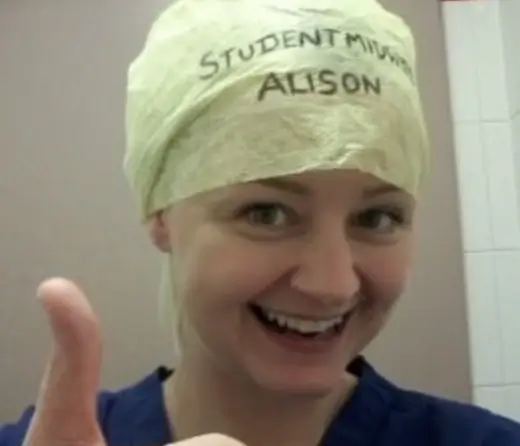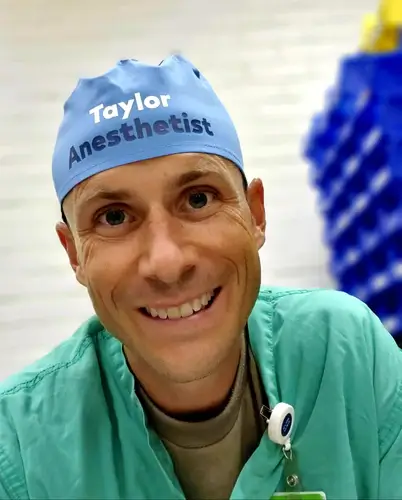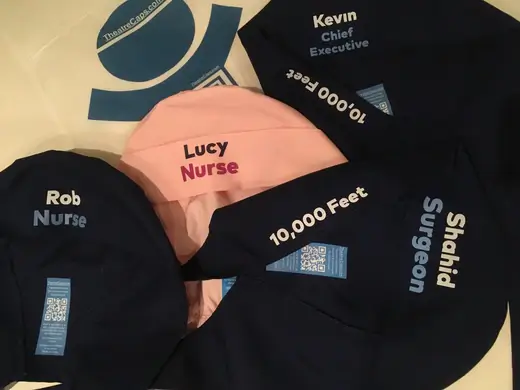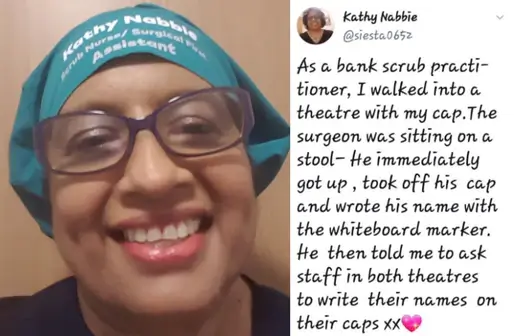
The Power of the Hashtag - Alison Brindle
In December 2018 Student Midwife Alison Brindle came up with the hashtag #TheatreCapChallenge and a movement was born which still resonates across the world.
In an ever-evolving healthcare system, the need for adaptation and change is important.
While change models are usually utilised at corporate or management level to bring about change within a hospital trust or across the healthcare system as a whole, this top-down approach to change can and often does take time to disseminate through the workforce.
Sometimes within healthcare an idea for change comes along, which is brought about by frontline staff and often referred to as a bottom-up approach to change.
This kind of change can happen much faster within a workforce as the proposed change is usually patient-focused instead of being service-led which, more often than not, top-down change proposals are.
You can read more here:
https://www.healthmanagement.org/c/imaging/issuearticle/the-power-of-the-hashtag
If you would like to purchase name and role personalised TheatreCaps please check out our website TheatreCaps.com. All profits from the sale of our caps go towards supporting other patient safety initiatives.
In December 2018 Student Midwife Alison Brindle came up with the hashtag #TheatreCapChallenge and a movement was born which still resonates across the world.
In an ever-evolving healthcare system, the need for adaptation and change is important.
While change models are usually utilised at corporate or management level to bring about change within a hospital trust or across the healthcare system as a whole, this top-down approach to change can and often does take time to disseminate through the workforce.
Sometimes within healthcare an idea for change comes along, which is brought about by frontline staff and often referred to as a bottom-up approach to change.
This kind of change can happen much faster within a workforce as the proposed change is usually patient-focused instead of being service-led which, more often than not, top-down change proposals are.





